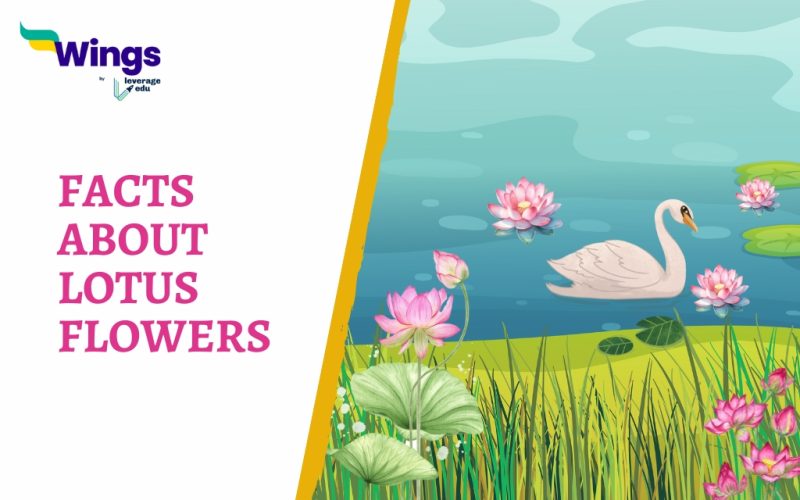Lotus flowers are the true beauty of nature. Their soothing fragrance and aesthetic appearance have been captivating our senses for centuries. What’s even more interesting is that the construction of the Lotus Temple, located in Delhi, is inspired by the intricate design of the lotus flower. Moreover, lotus flowers hold great significance in various cultures and religions. They are considered the epitome of beauty and piousness. Here are some other interesting facts about lotus flowers.
Amazing Fun Facts About Lotus Flower
1. Nelumbo Nucifera is the scientific name for the lotus flowers.
2. The lotus is the national flower of India and Vietnam.
3. It is an aquatic plant of the Nymphaea family.
4. It is native to Asia and is commonly found in China and India.
5. Pink and white is the most common colour variation of lotus flowers.
6. It thrives in warmer seasons and can be found in lakes and ponds.
7. Lotus flowers can reach up to twenty inches above the water.
8. Lotus flowers grow in muddy waters.
9. Lotus flowers have fleshy and thick stems, known as rhizomes.
10. Ancient Egyptians and even Indians consider lotus flowers the symbol of Sun Go as their petals open up with the rising sun and close as the sun sets.
11. The stalk of lotus flowers is covered with tiny spikes called prickles.
12. Lotus flowers symbolize fertility, wealth, and knowledge.
13. According to Hindu mythology, lotus flowers are the seat of the Hindu Goddess Lakshmi and Lord Brahma.
14. Lotus flowers provide shelter and protection to fish and underwater plants.
FAQ
What are 5 facts about lotus?
Lotus is the throne of the Hindu god Brahma and goddess Lakshmi. It has air gaps in its long stem while the rhizomes act as roots. Moreover, lotus flowers are considered divine and pious. Nelumbo Nucifera is their scientific name.
What is special about the lotus flower?
Lotus flowers hold great significance in Buddhism and Hinduism. They are considered a symbol of purity, good luck, and the cycle of death and rebirth.
How long do lotus flowers live?
Lotuses are day-blooming flowers. They bloom in the early morning and close by the night. This pattern continues up to 3 to 5 days, their average lifespan.
Hope you had fun reading these interesting facts about lotus flowers. If you like reading about facts, you can visit our interesting facts page to read more such blogs.
 One app for all your study abroad needs
One app for all your study abroad needs













